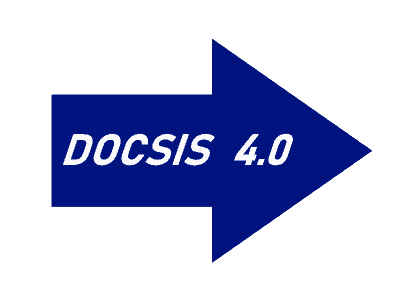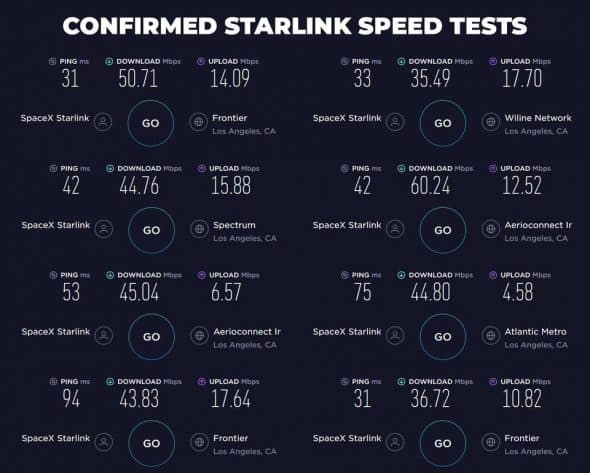 Verizon has announced a significant expansion of its 4G LTE Home Internet service, now reaching 189 markets in 48 states.
Verizon has announced a significant expansion of its 4G LTE Home Internet service, now reaching 189 markets in 48 states.
“This summer, we introduced LTE Home Internet in select pilot markets, and the response from customers was incredible,” said Frank Boulben, senior vice president of consumer marketing and products at Verizon. “It’s clear the need for connectivity has never been greater during these challenging times, that’s why today, we’re expanding LTE Home Internet to even more customers in rural areas of America who may not have access to broadband internet.”
Indeed, most of the zip codes covered by Verizon’s wireless home broadband service are in rural communities where demand on Verizon’s 4G mobile network is likely much lower, with capacity to spare. The service is designed primarily for those living where DSL or cable broadband is not available.
For $40 a month for existing Verizon mobile customers ($60 for non-customers), customers receive unlimited data with no data caps or throttles at download speeds between 25-50 Mbps. A $240 LTE Home router is also provided, after a $10 a month device payment plan promotional credit that lasts for 24 months. In other words, you technically owe $240 for the router, with a balance reduction of $10 for each month you stay a customer. If you remain a customer for two years, that $240 is reduced to $0.00. If you cancel before that, you owe whatever balance remains. Verizon promises the service is easy to self-install.
The list of available zip codes is extensive, so you can download the current list here. Or verify precise availability by visiting: www.verizon.com/home/lte-home-internet.


 Subscribe
Subscribe A week after the cable industry
A week after the cable industry  Facing no significant new competitive pressure, Charter Communications has put DOCSIS 4, capable of bringing dramatically faster internet service to Spectrum customers, on hold until 2022.
Facing no significant new competitive pressure, Charter Communications has put DOCSIS 4, capable of bringing dramatically faster internet service to Spectrum customers, on hold until 2022.
 SpaceX’s Starlink service is unlikely to compete in the same arena as fiber and cable internet service providers, if leaked early speed test results are an accurate indication of the service’s performance.
SpaceX’s Starlink service is unlikely to compete in the same arena as fiber and cable internet service providers, if leaked early speed test results are an accurate indication of the service’s performance.
